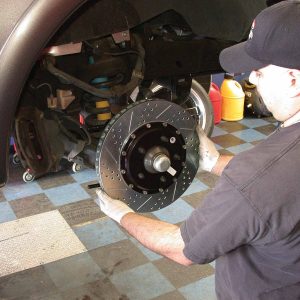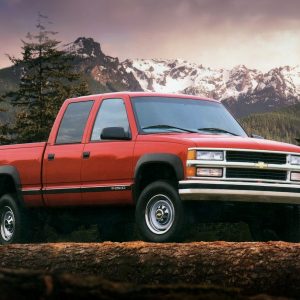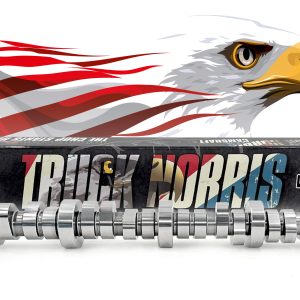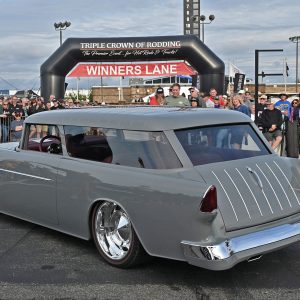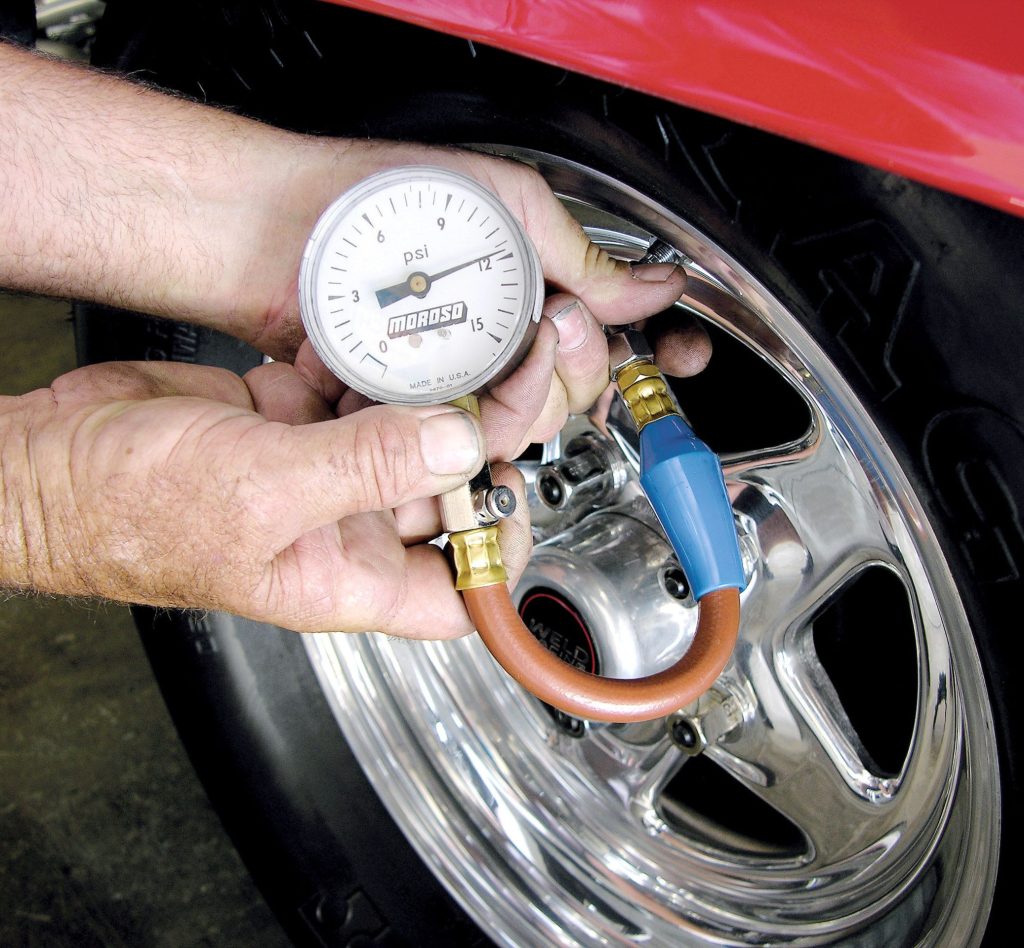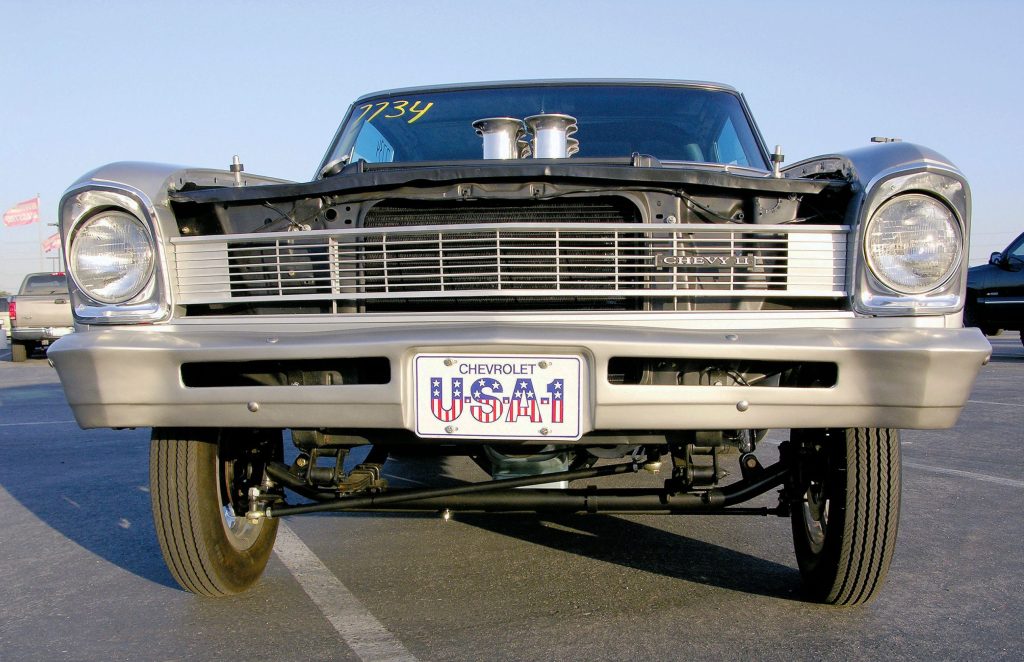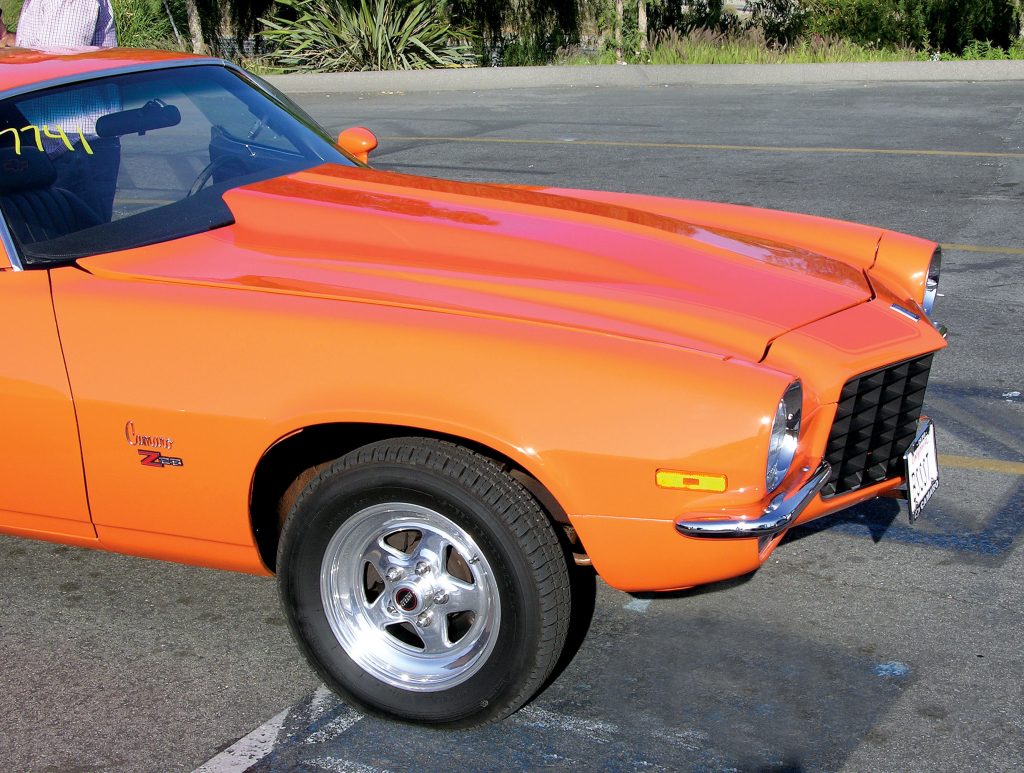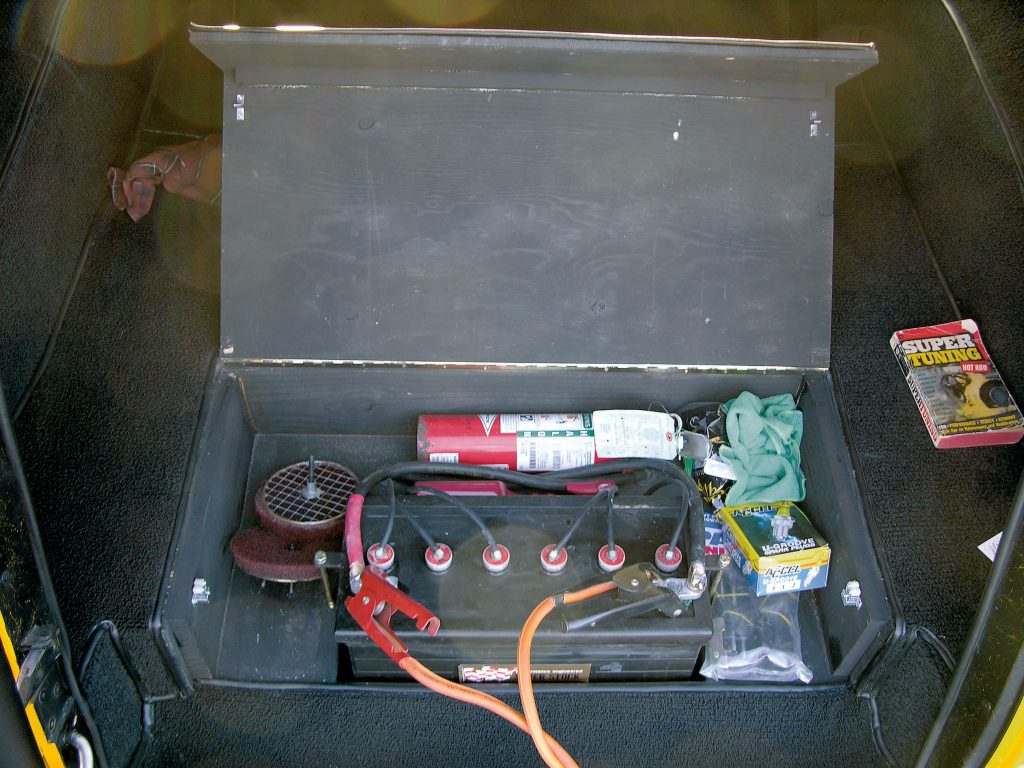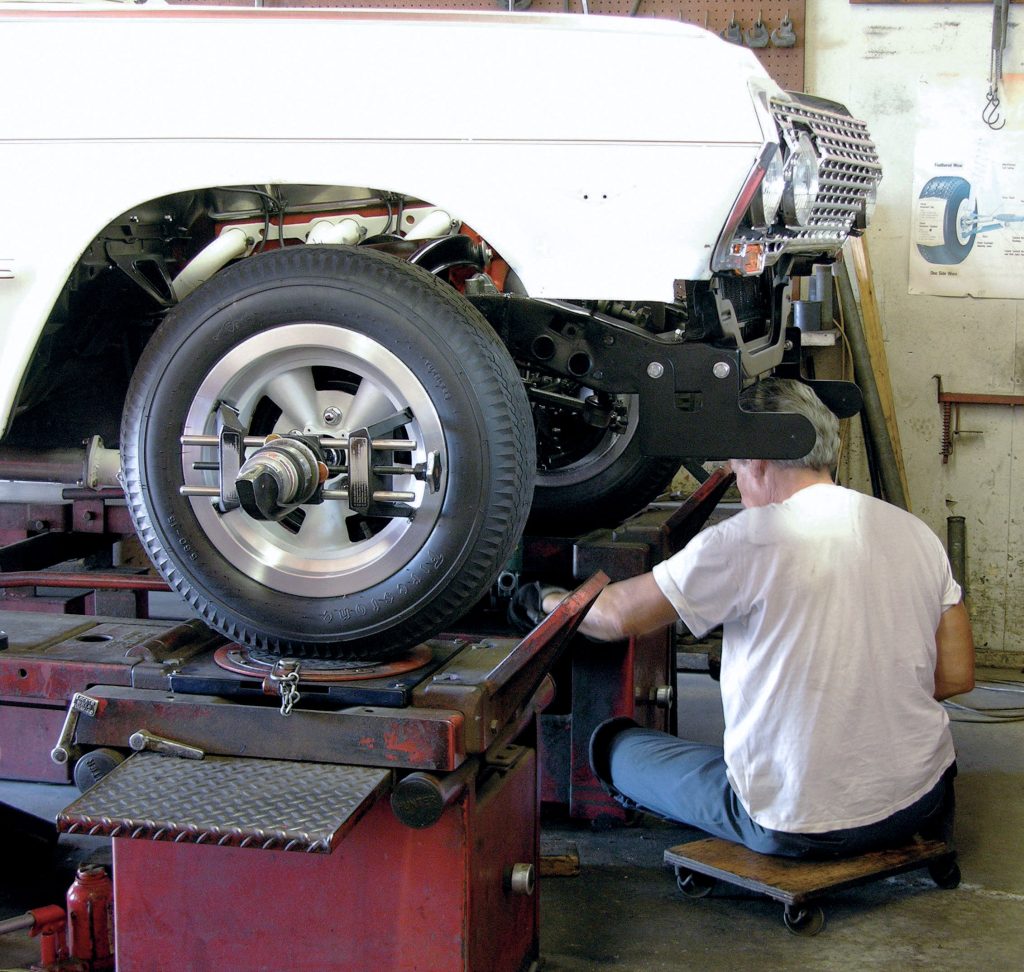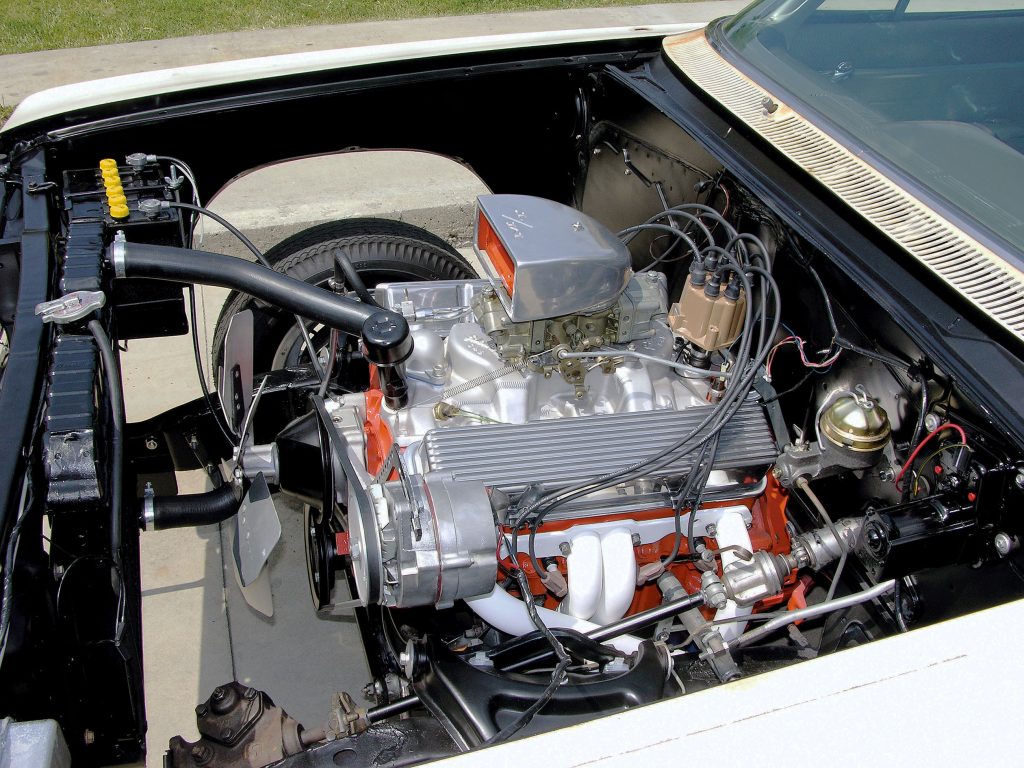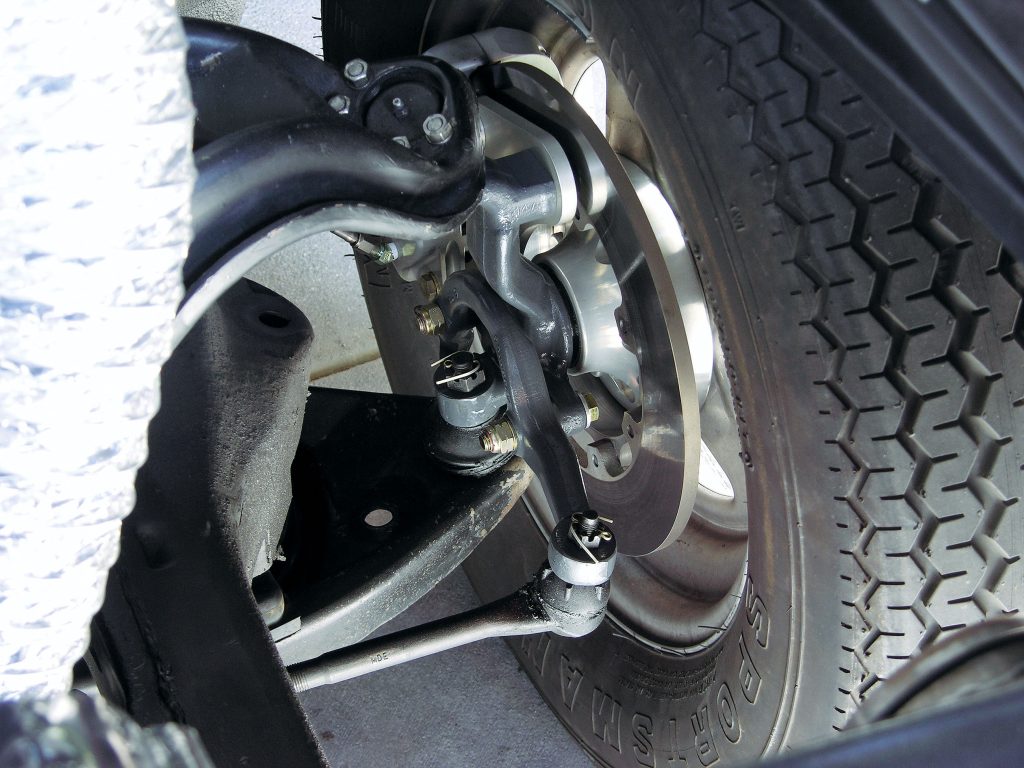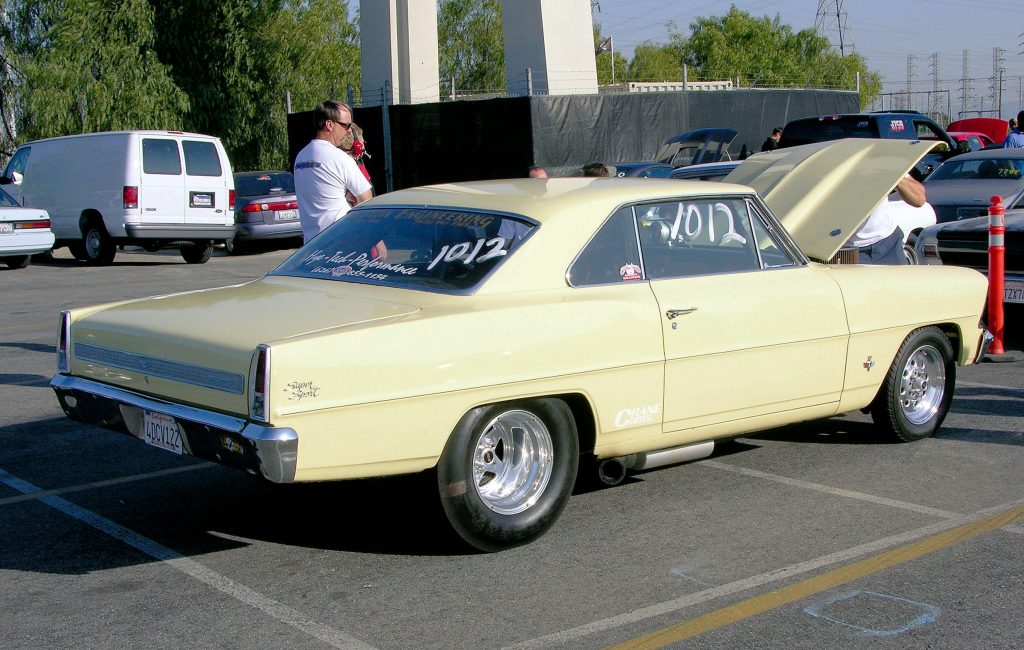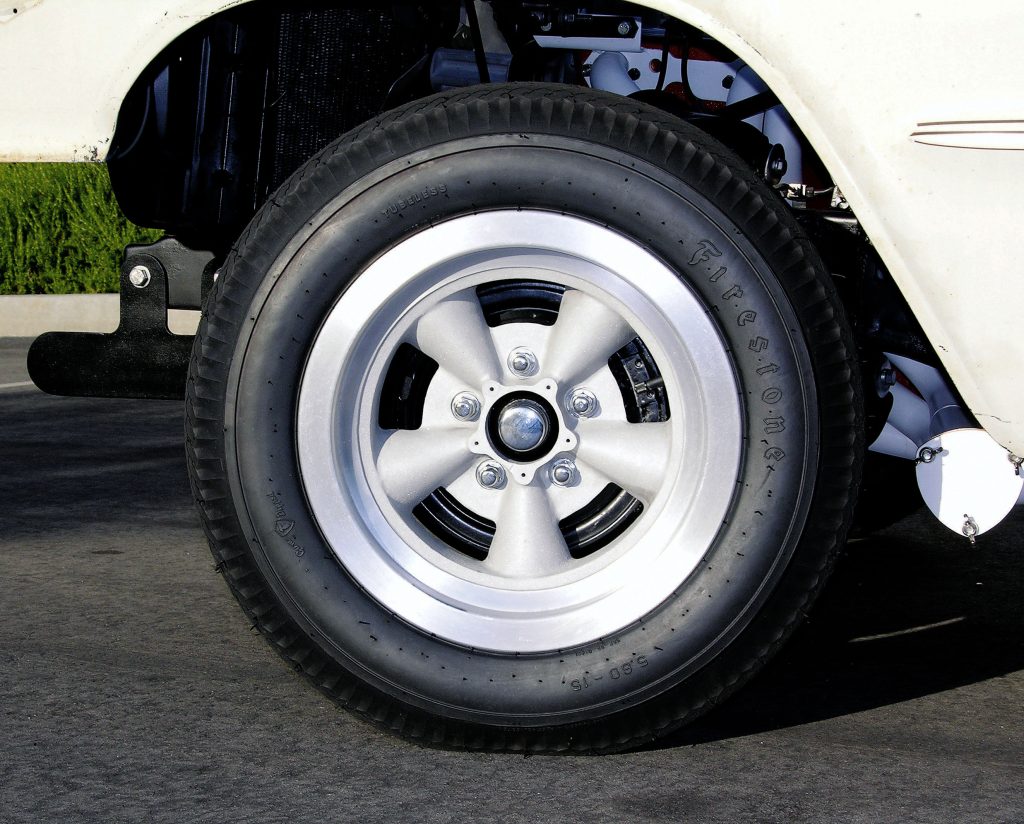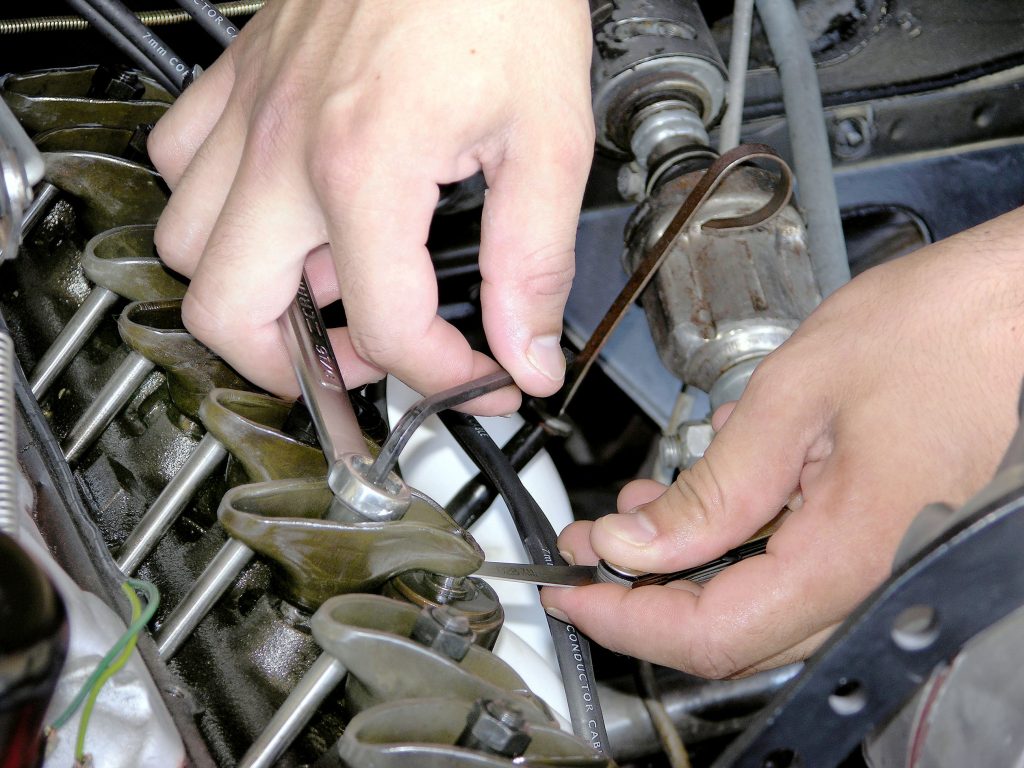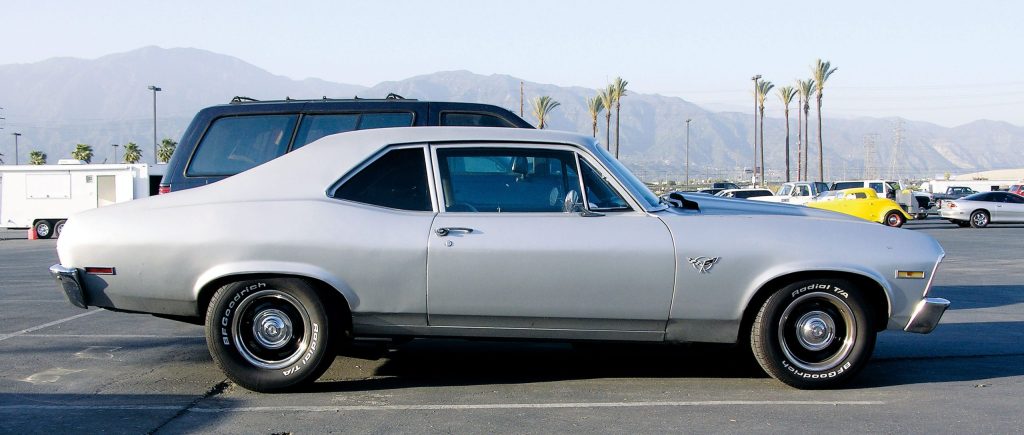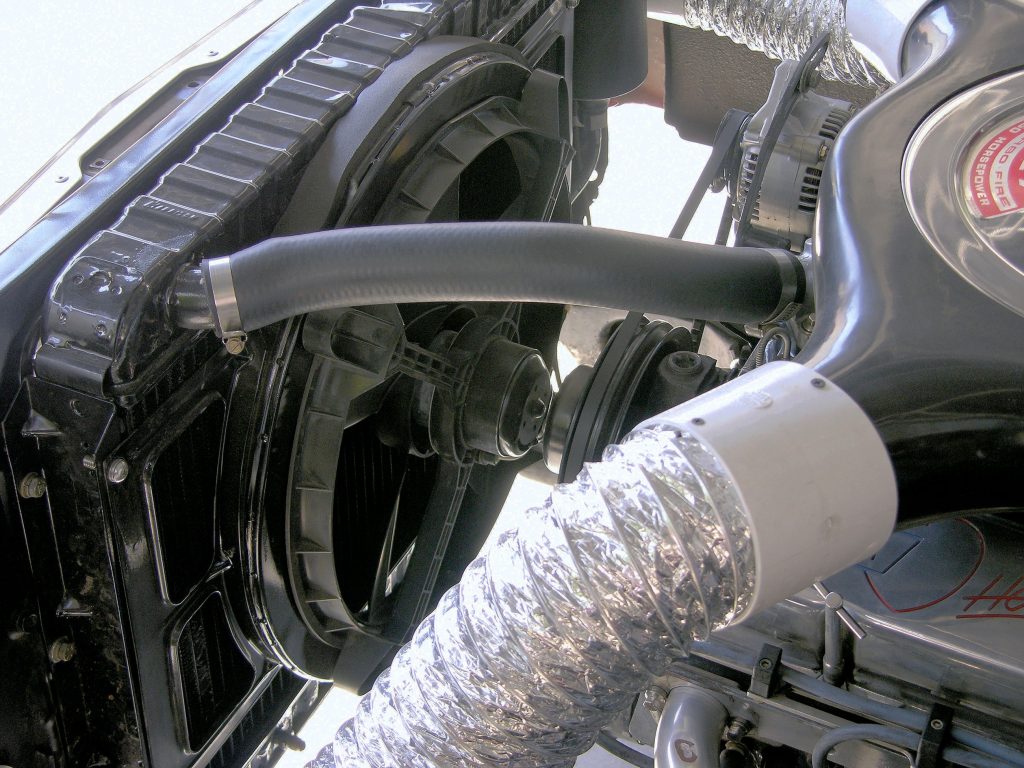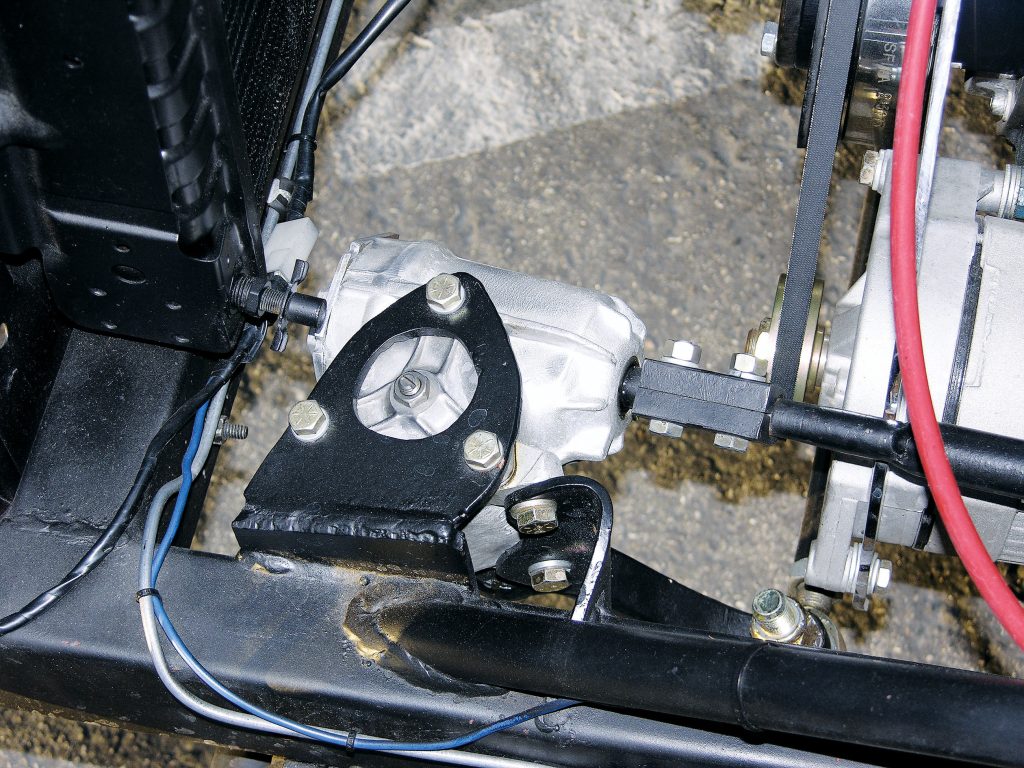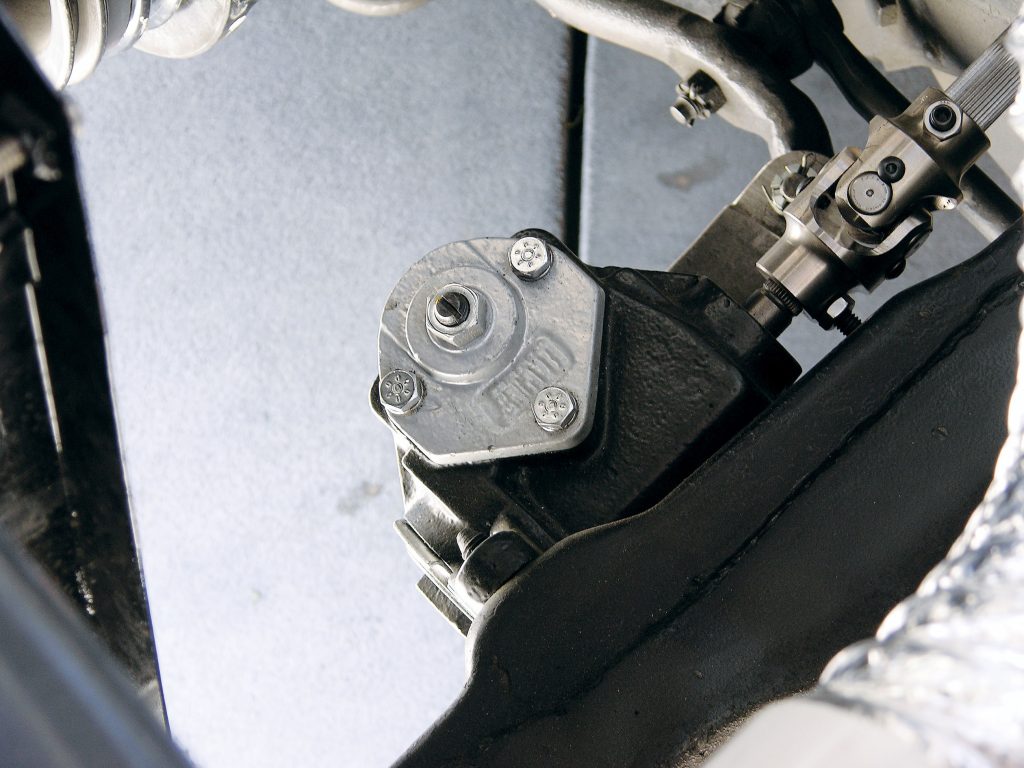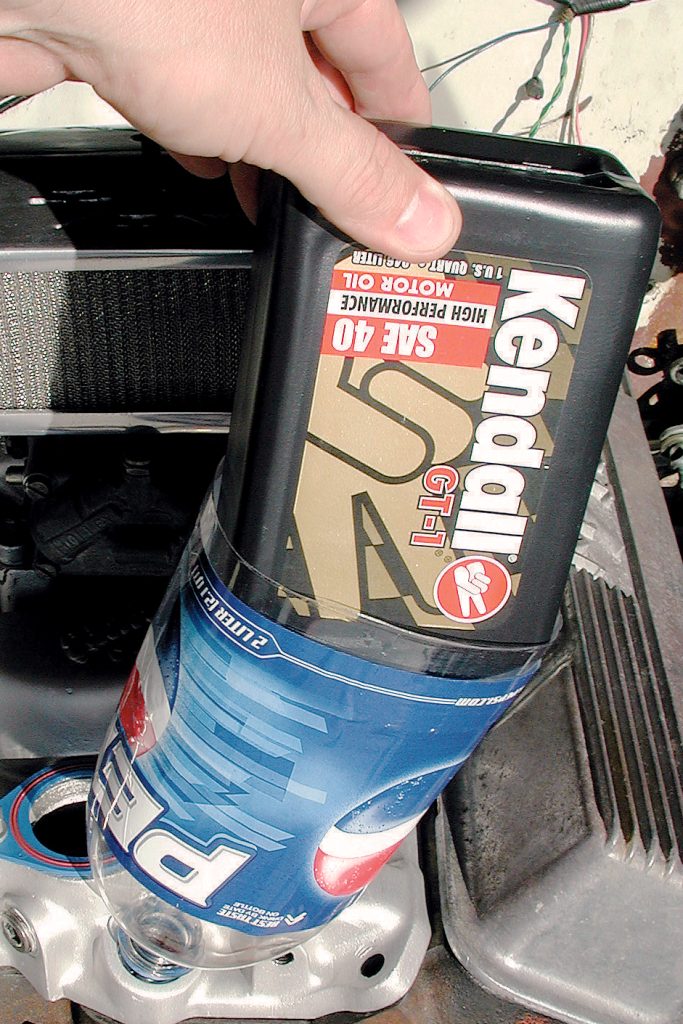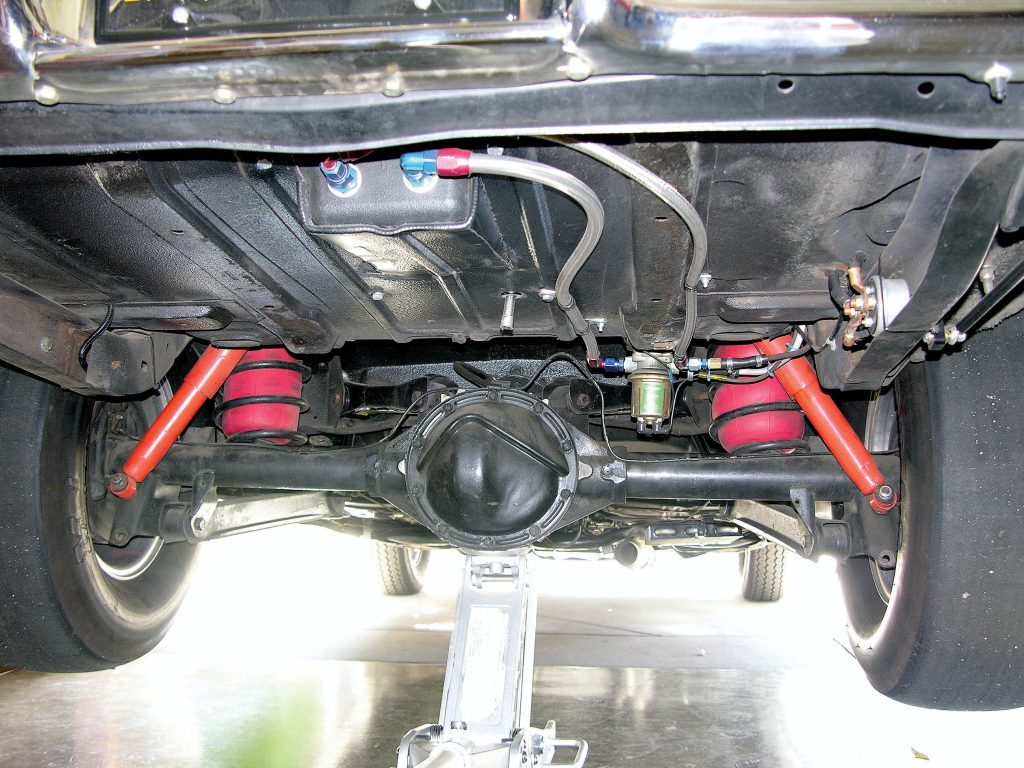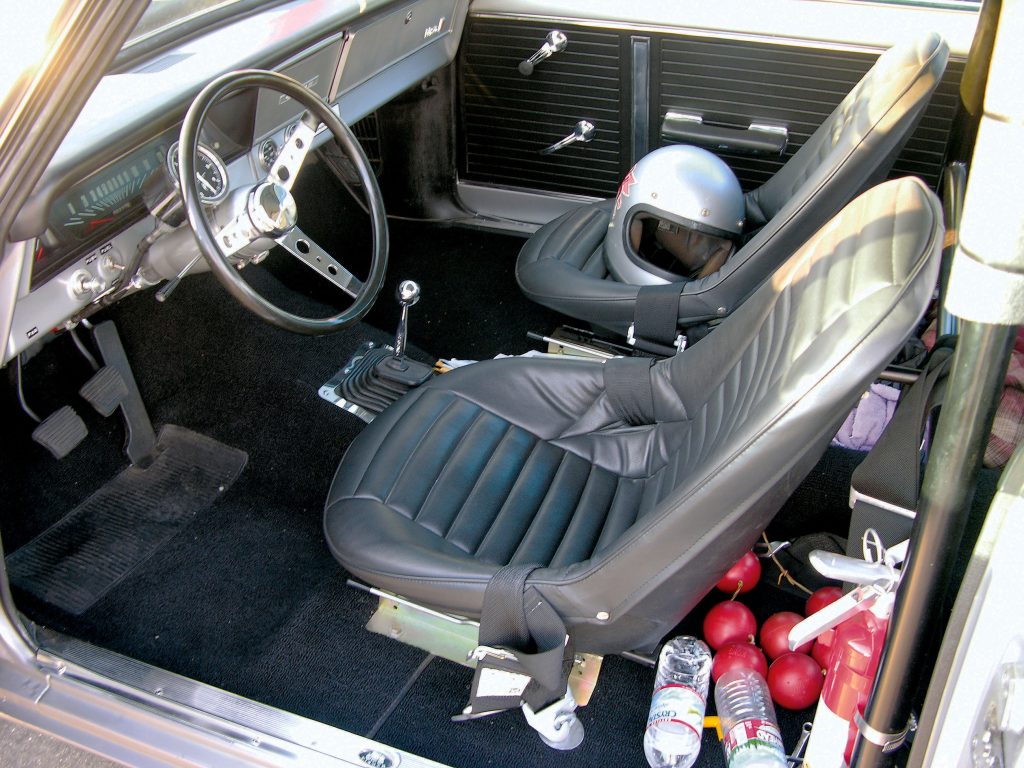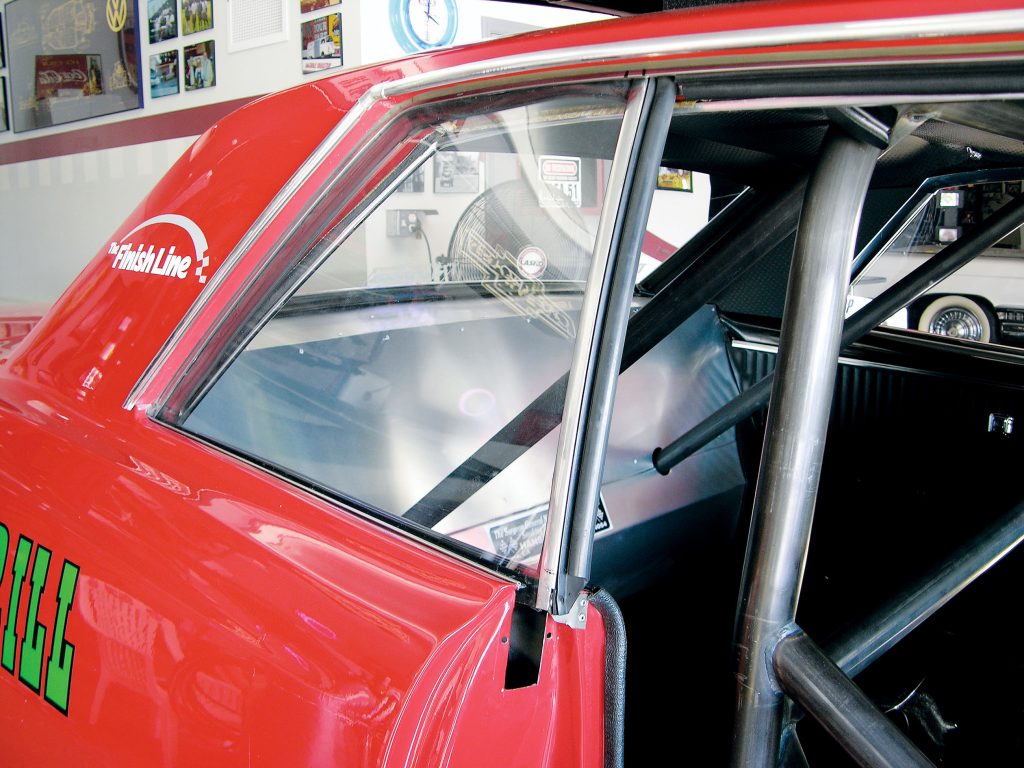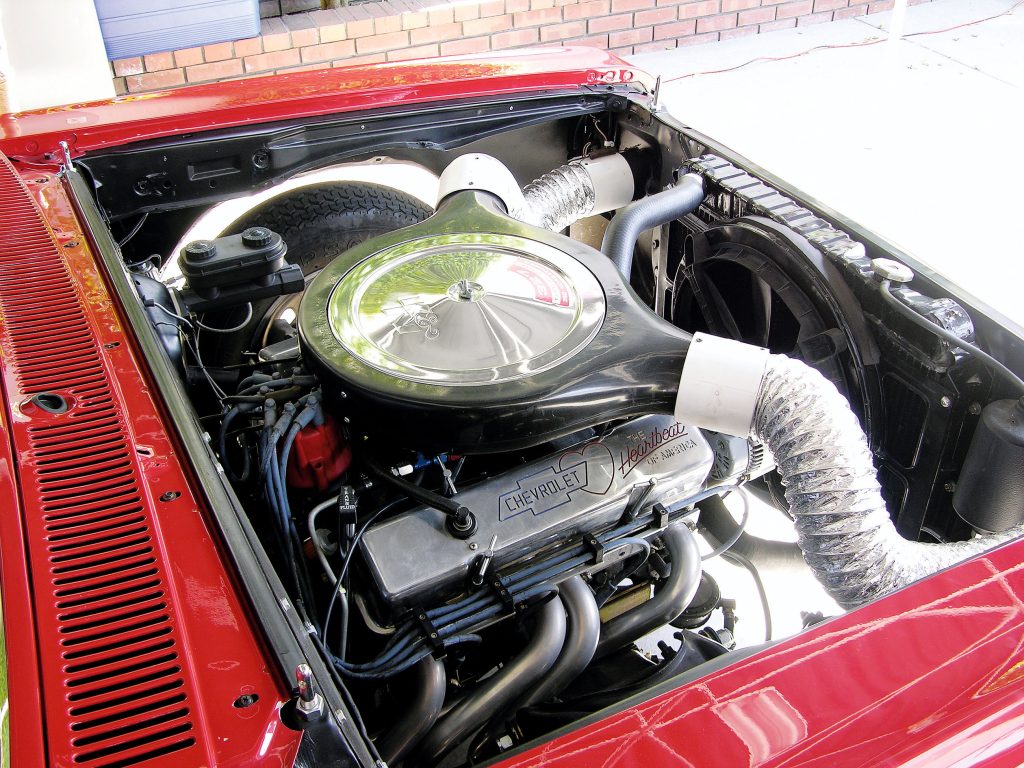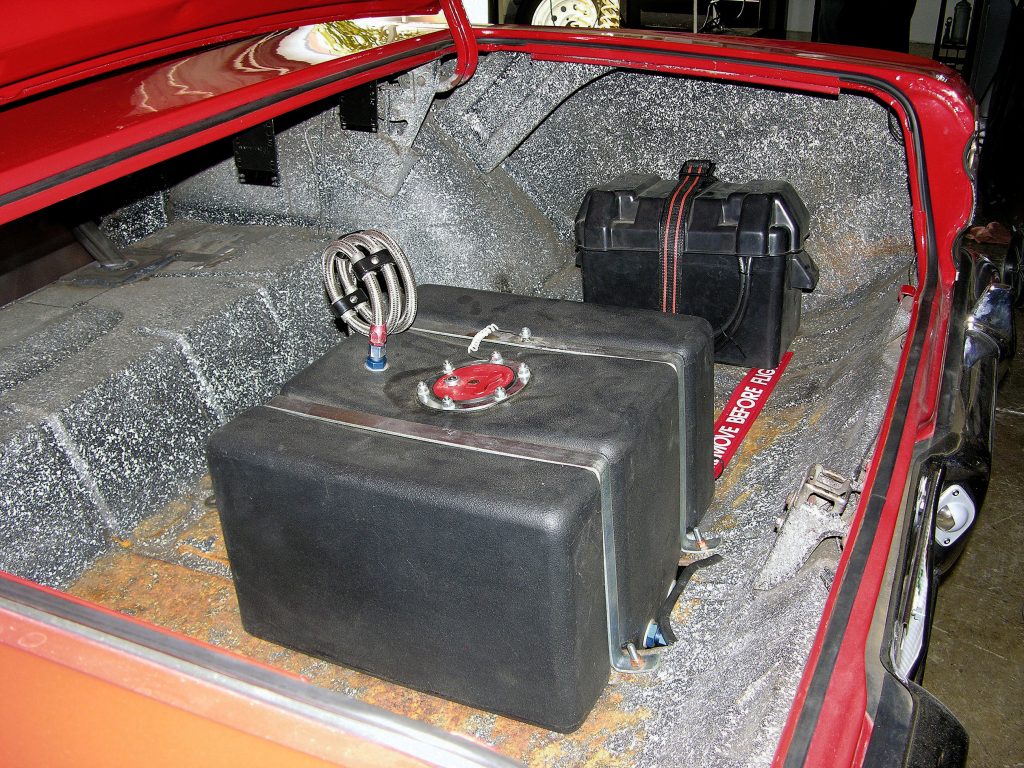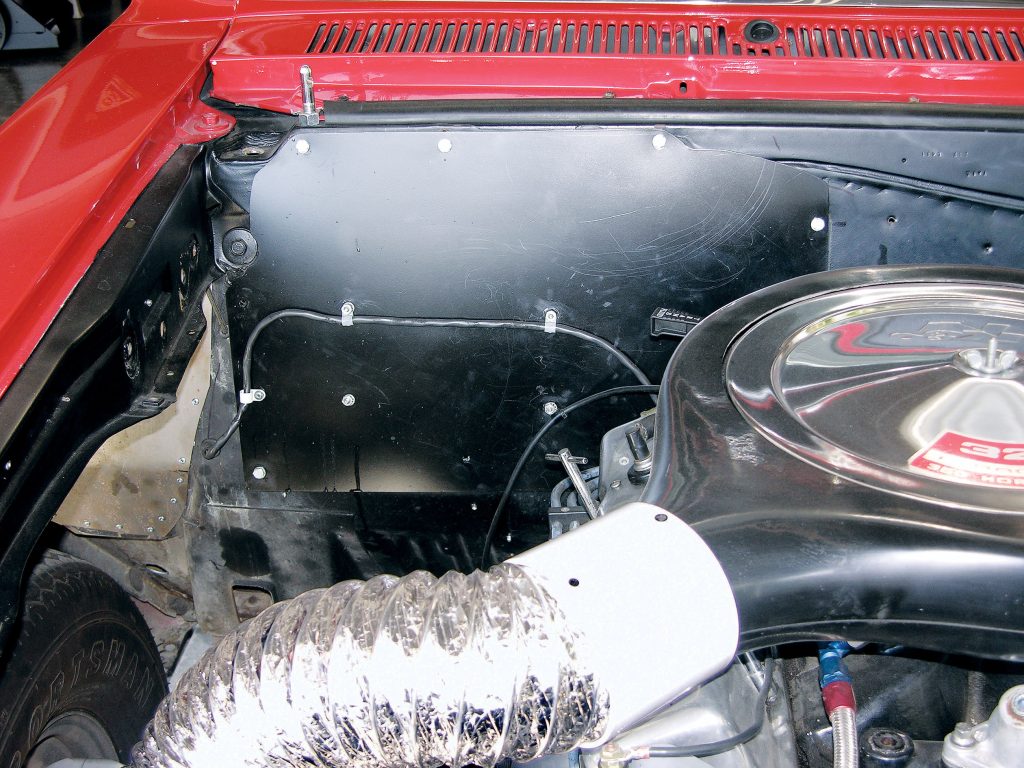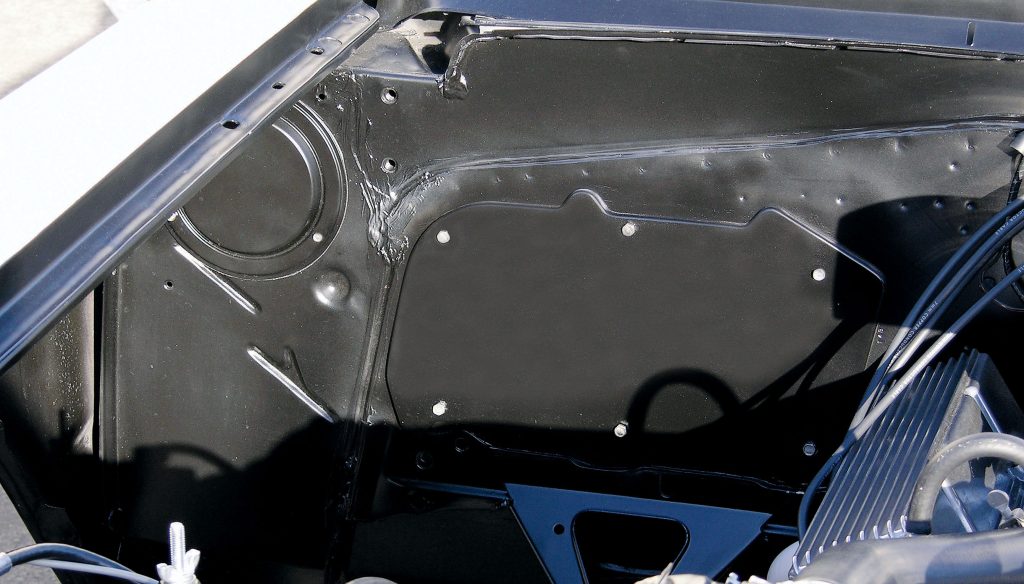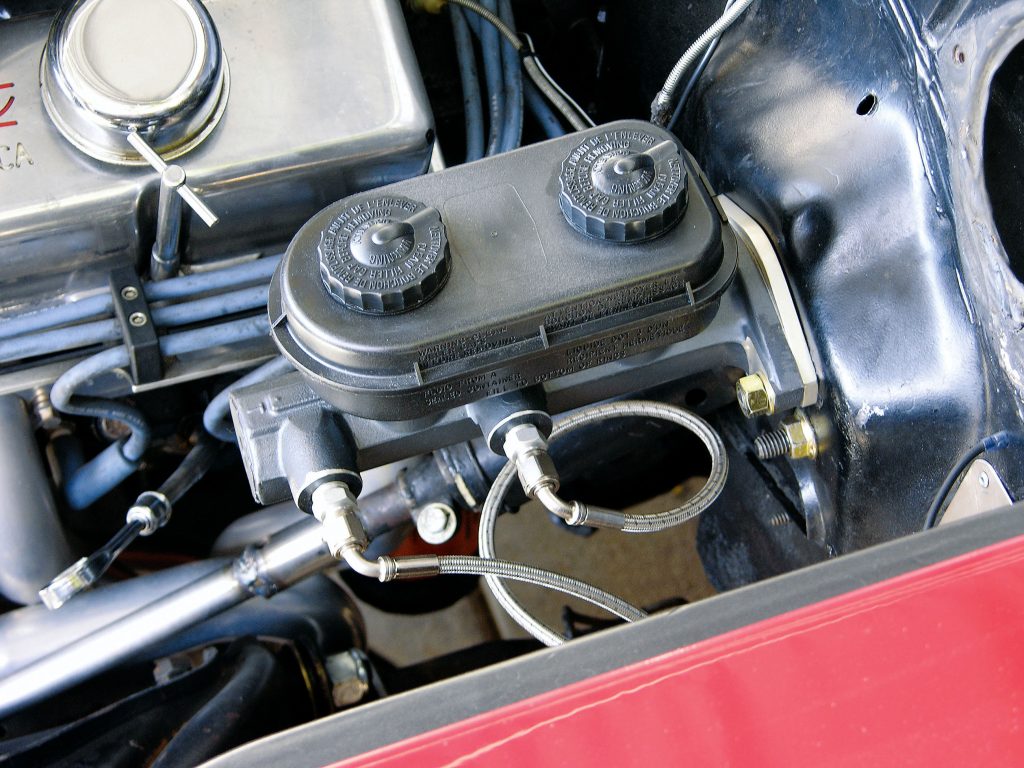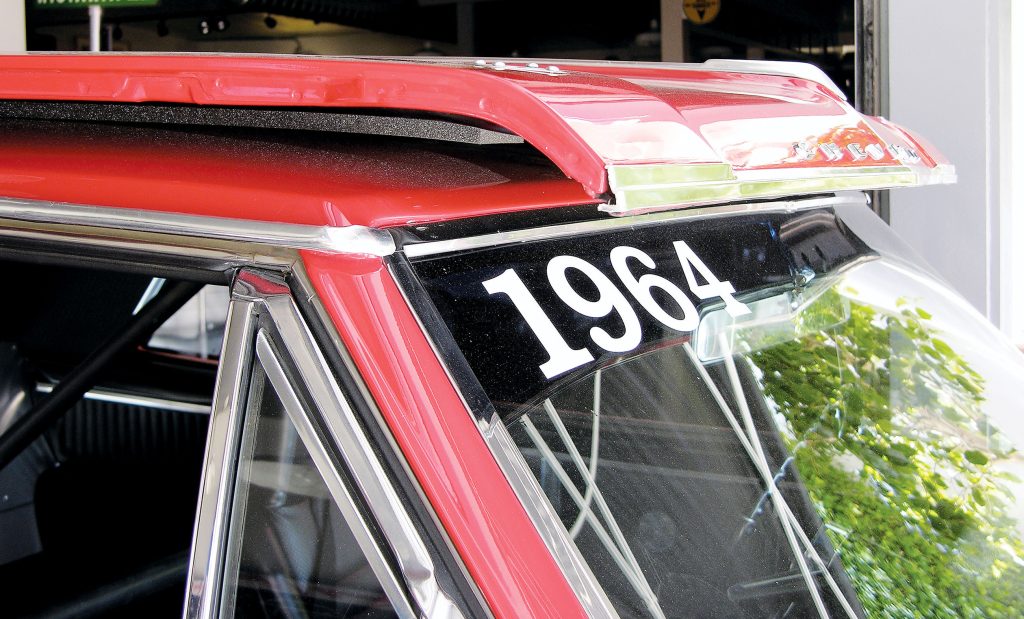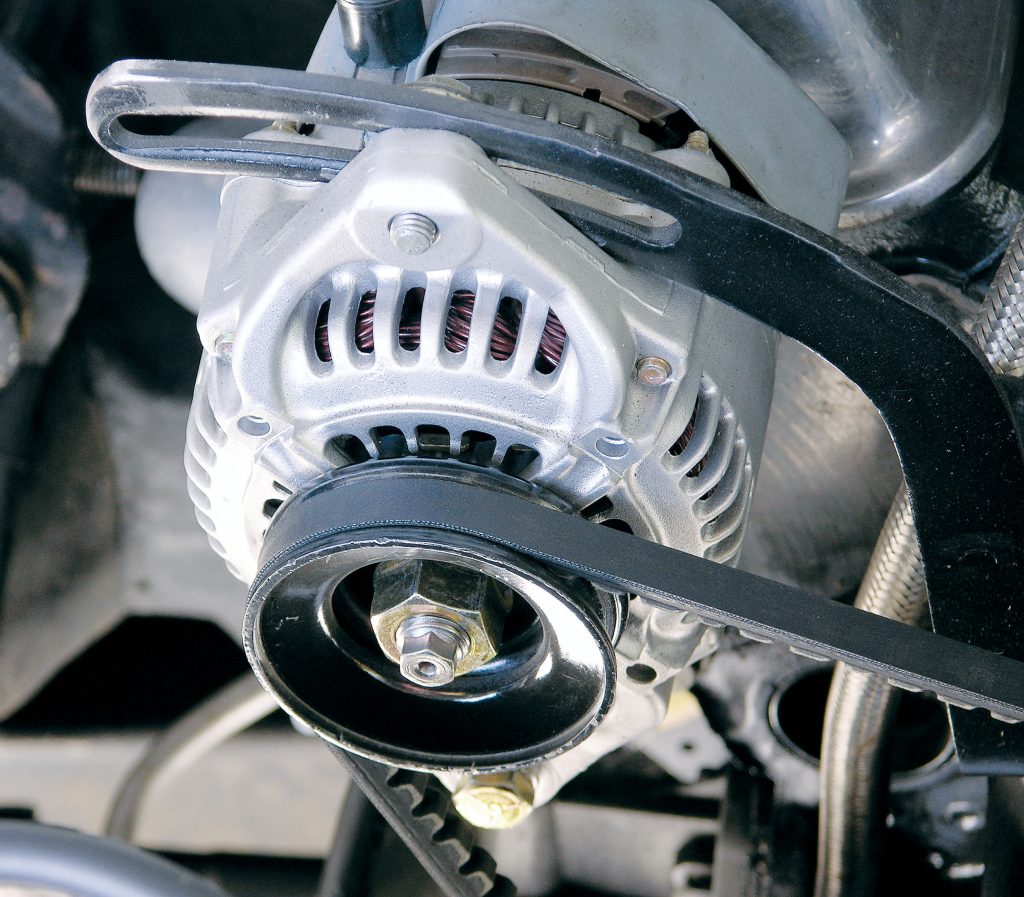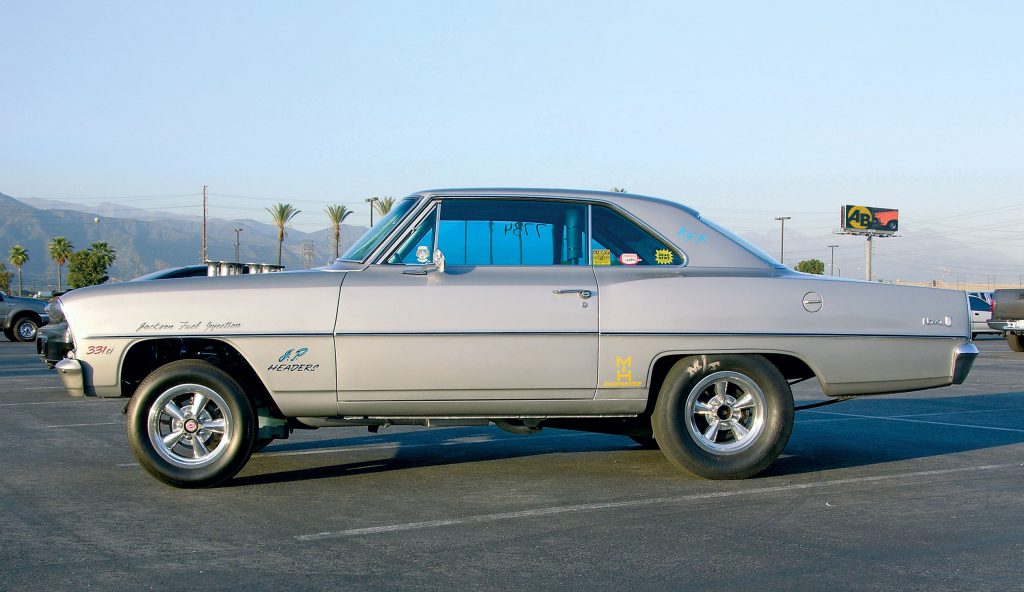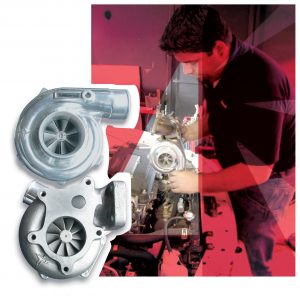
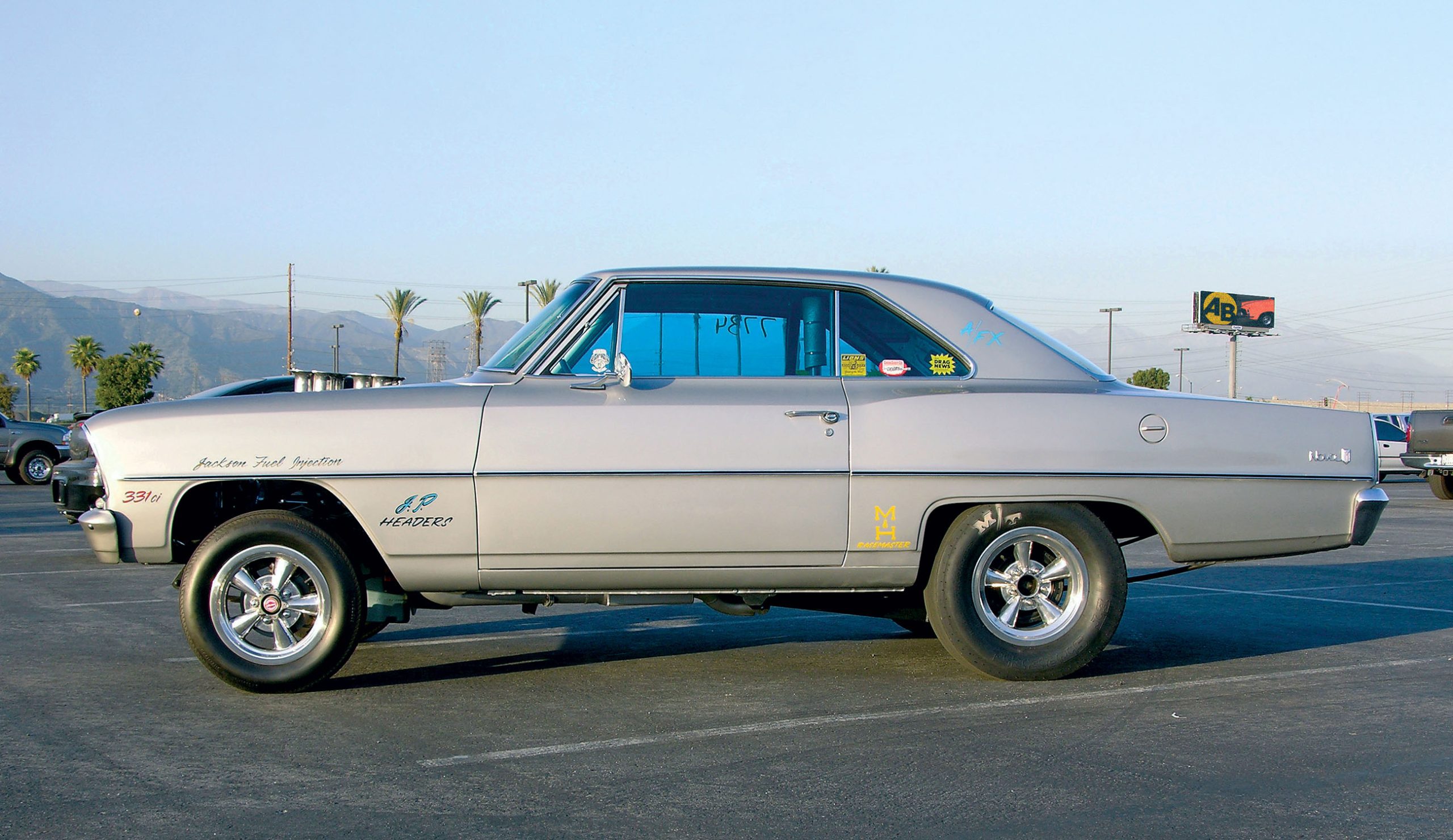

THE AUTO BUILDER
Featured
- All Post
- 20 High Priority - SR Super Rod
- Builds
- 25 High Priority - FB Ford Builder
- Cars
- 30 High Priority - AR American Rodder
- 01 Post Status
- 35 High Priority - RD Rodders Digest
- 40 High Priority - OTR On the Road
- 45 High Priority - SRB Street Rod Builder
- 50 High Priority - TB Truck Builder
- 55 High Priority - BSCENE Buckaroo Scene
- 60 High Priority - FPB Family Power Boat
- Trucks
- Swaps
- Performance Boats
- _000 Home Sliders
- Builders
- 00 Sidebars
- Manufacturers
- 05 High Priority - HCI Hot Compact Imports
- 05 Publications
- 10 High Priority - CR Chevy Rumble
- Back
- Chassis
- Engine
- Fuel System
- Electrical
- Exhaust
- Transmission / Drivetrain
- Suspension
- Steering
- Brakes
- Wheels and Tires
- Interior
- Exterior
- Accessories
- Power Adders
- Back
- Chassis
- Engine
- Fuel System
- Electrical
- Exhaust
- Transmission / Drivetrain
- Suspension
- Steering
- Brakes
- Wheels and Tires
- Interior
- Exterior
- Accessories
- Power Adders
- Back
- Chassis
- Engine
- Electrical
- Exhaust
- Fuel System
- Transmission / Drivetrain
- Suspension
- Steering
- Brakes
- Wheels and Tires
- Interior
- Exterior
- Accessories
- Power Adders
- Back
- Chassis
- Engine
- Electrical
- Exhaust
- Fuel System
- Transmission / Drivetrain
- Suspension
- Steering
- Brakes
- Wheels and Tires
- Interior
- Exterior
- Accessories
- Power Adders
- Back
- Chassis
- Engine
- Fuel System
- Electrical
- Exhaust
- Transmission / Drivetrain
- Suspension
- Steering
- Brakes
- Wheels and Tires
- Interior
- Exterior
- Accessories
- Power Adders
- Back
- Chassis
- Engine
- Fuel System
- Electrical
- Exhaust
- Transmission / Drivetrain
- Suspension
- Steering
- Brakes
- Wheels and Tires
- Interior
- Exterior
- Accessories
- Power Adders
- Back
- Chassis
- Engine
- Fuel System
- Electrical
- Exhaust
- Transmission / Drivetrain
- Suspension
- Steering
- Brakes
- Wheels and Tires
- Interior
- Exterior
- Accessories
- Power Adders
- Back
- Engine
- Fuel System
- Electrical
- Outdrives
- Steering
- Interior
- Accessories
- Power Adders
- Exterior and Hull
- Back
- Chassis
- Engine
- Electrical
- Exhaust
- Fuel System
- Transmission / Drivetrain
- Suspension
- Steering
- Brakes
- Wheels and Tires
- Interior
- Exterior
- Accessories
- Power Adders
- Back
- Chevrolet
- Cadillac
- Pontiac
- AMC
- Buick
- Jeep
- Lincoln
- Ford
- Honda
- GMC
- BMW
- Mitsubishi
- Dodge
- Nissan
- Chrysler
- Subaru
- Toyota
- Plymouth
- Mercury
- Volvo
- Volkswagen
- Oldsmobile
- Acura
- Back
- 05 Pub HCI Hot Compact Imports
- 15 Pub 4x4 4x4 Builder
- 20 Pub SR Super Rod
- 25 Pub FB Ford Builder
- 30 Pub AR American Rodder
- 35 Pub RD Rodders Digest
- 40 Pub OTR On the Road
- 55 Pub BSCENE Buckaroo Scene
- 10 Pub CR Chevy Rumble
- 50 Pub TB Truck Builder
- 60 Pub FPB Family Power Boat
- 45 Pub SRB Street Rod Builder
- Back
- Chip Foose
- Ring Brothers
- Jack Fuller
- Bob Cullipher
- Jerry Nichols
- Bobby Alloway
- Jesse James
- Carl Casper
- J.F. Launier
- Steve Sellers
- Boyd Coddington
- Rad Rides by Troy
- Cal Auto Creations
- George Barris
- West Coast Customs
- Back
- Street Rods
- Hot Rods
- Late Model
- Drag Race
- Handling
- Compact Cars
- Chassis
- Engine
- Fuel System
- Electrical
- Exhaust
- Transmission / Drivetrain
- Suspension
- Steering
- Brakes
- Wheels and Tires
- Interior
- Exterior
- Accessories
- Power Adders
- Chassis
- Engine
- Fuel System
- Electrical
- Exhaust
- Transmission / Drivetrain
- Suspension
- Steering
- Brakes
- Wheels and Tires
- Interior
- Exterior
- Accessories
- Power Adders
- Chassis
- Engine
- Electrical
- Exhaust
- Fuel System
- Transmission / Drivetrain
- Suspension
- Steering
- Brakes
- Wheels and Tires
- Interior
- Exterior
- Accessories
- Power Adders
- Chassis
- Engine
- Electrical
- Exhaust
- Fuel System
- Transmission / Drivetrain
- Suspension
- Steering
- Brakes
- Wheels and Tires
- Interior
- Exterior
- Accessories
- Power Adders
- Chassis
- Engine
- Electrical
- Exhaust
- Fuel System
- Transmission / Drivetrain
- Suspension
- Steering
- Brakes
- Wheels and Tires
- Interior
- Exterior
- Accessories
- Power Adders
- Chassis
- Engine
- Fuel System
- Electrical
- Exhaust
- Transmission / Drivetrain
- Suspension
- Steering
- Brakes
- Wheels and Tires
- Interior
- Exterior
- Accessories
- Power Adders
- Back
- 05 Post Imported
- 20 Post Missing Images (All)
- 25 Post Missing Images (Partial)
- 15 Post In Progress
- 30 Post Internal Review
- 40 Post On Hold
- 50 Post Approved
- 10 Post Images Imported
- 17 Post Missing TXT Files
- 18 Post Missing PDF Files
- 27 Post Missing Content
- Back
- Chassis
- Engine Swaps
- Interior Swaps
- Driveline
- Back
- Street Trucks
- OffRoad Trucks
- Chassis
- Engine
- Fuel System
- Electrical
- Exhaust
- Transmission / Drivetrain
- Suspension
- Steering
- Brakes
- Wheels and Tires
- Interior
- Exterior
- Accessories
- Power Adders
- Chassis
- Engine
- Fuel System
- Electrical
- Exhaust
- Transmission / Drivetrain
- Suspension
- Steering
- Brakes
- Wheels and Tires
- Interior
- Exterior
- Accessories
- Power Adders
- Back
- 01 Sidebar Left
- 01 Sidebar Right
Free Horsepower Tips
OKAY, SOME AREN’T EXACTLY FREE ... BUT THEY’RE ALL CHEAP!
Author

Tim Gavern
Story & Photography
Most of these free tips simply involve putting your car on a diet. Every 100 pounds of weight removed from your car equals dropping 1/10th of a second at the strip. Even though you may not be racing, the same theory applies to the street, and also to the extra weight you must lug around.
You may notice that we got more than a few tips from Al Nocita’s red ’64 Chevelle street/strip car, as it is this kind of high-performance-oriented vehicle that generally takes full advantage of any performance-related opportunities. Over time, Nocita and partner Pat Selders took 400 pounds out of the Chevelle, using many of the tips shown here. That 400-pound diet transformed the car from one that ran 7.70s at 88.40s in the 1/8th mile into a car that works better and has run a best of 7.19 at 96 mph. That’s over half a second quicker—in a very short distance—than it previously was! It’s also much more fun to drive now because the weight is distributed better throughout the car, and it plants the tires harder.
You can easily do any or all of these to your own street or strip vehicle, and where you feel appropriate, to your everyday street machine. Read on…
1. Tire Pressure
Filling your front tires with 40 to 50 pounds of air will make them roll easier, but it works best on a racecar. On a street car that is driven a lot, and in pretty rough terrain (potholes and the like), you’ll eat up the center of the tires faster than the outsides. The turning grip will be impaired, and it will make for a rougher riding car. Thus, you make the call as to what is appropriate for you at the strip or on the street, but be sensible. It is free horsepower due to lower rolling resistance, and that’s key—unless you have a canyon carver. Then the tradeoff becomes more rubber on the pavement. Also, if you run slicks on the strip, or soft-compound tires designed for better traction, they should be filled up with as much air as possible before they break loose. So you will have to fiddle with air pressure to get what works best for your car (and more than one air pressure setting if you have a dual-purpose car). Remember that slicks with too little air in them can make the car very unstable, especially at speed, and it doesn’t make the car bite any better anyway. While tuning at the strip, try starting at around 15 pounds, and test it up and down in 1- or 2-pound increments to see what works best on your car. But bring the tire pressure back up to normal street-operating pressure before hitting the streets. Many guys will use two different sets of tires for this purpose, so work that out too, as you progress. There’s a lot here for those who wish to spend the time learning.
2. Fiberglass Parts
Augie Delgado’s recently completed ’66 Nova is a former racecar that has been put back on the street. He drives the car 25 miles to the strip, runs easy 7s in the 1/8 mile, and then drives it home. This Nova features a fiberglass front bumper to save over 50 pounds. Saving weight is free horsepower due to a better horsepower-to-weight ratio. Now, you can carry this idea to any extent beyond the front bumper, such as the hood, fenders, internal sheetmetal, trunk lid, rear bumper—you get the drift. But weight savings doesn’t stop with the obvious big stuff, either. There are lots of components not integral to the safety of the car that can be swapped out for lighter stuff.
3. Fresh-Air Induction
The beautiful ’70-1/2 Z28 Camaro pictured here features a cowl-induction hood. The base of the windshield is a high-pressure area and cowl-induction hoods provide plenty of cool, fresh air. There’s nothing new here; it’s been around a very long time. Although it’s not exactly free, it is cheap horsepower. Bolting one on adds approximately 20 hp to 25 hp. There are other methods, however, to accomplish the same principle, and if you have the means to construct your own fresh-air device, that can be almost free. We’ve seen many home-fabricated fresh-air systems that work quite effectively.
4. Battery in Trunk
Mounting your battery in the trunk will save 50 pounds of dead weight off the front of the car. This is not necessarily removing weight as much as moving the weight where it would be more beneficial. When placed in the passenger side of the trunk, it will help balance the car better when only the driver is in the car, due to rotational reaction of engine torque. Providing more weight where it is needed aids in traction by placing the weight over the tire that is attempting to be rotated off the ground. This will help to equalize the tire planting of both rear wheels. Larry Fator’s unreal ’46 Chevy sedan delivery gasser features an extremely heavy Super Stock battery hidden in a compartment in the rear floor. By planning it this way from the beginning, he added weight where he wanted it—far rearward and down low out of sight.
5. Better Alignment
Simply aligning your car to factory specs can make a big difference. Your car will steer better and won’t be fighting to move in different directions while going straight. For a little more stability at speed, set the toe in at about 1/8-inch inward. Setting the caster at 1/2- to 1-degree positive will also help. Also of importance is toe-in change throughout suspension travel. If it is excessive, this is not only lost power due to tire scrubbing, but can negatively impact handling under power. The method to check and to alter excessive toe-in or toe-out (a no-no) would take a full tech story to illustrate, but there are many ways to check this, as well as improve upon what you have. This condition does not necessarily begin with one dimension and end with another; rather, the toe pattern has a curve of its own where the most drastic change may occur at mid-point, not necessarily at full separation (although it can). It will be different on each car, but is something that should not be overlooked—and it’s free.
6. Remove Wheel Wells
Here’s an old gasser trick: removing the inner front wheel wells of your Chevy will net about a 30-pound loss to the front of your car. In terms of weight distribution, this is dead weight exactly where you don’t want it. However, in the event of a front-end collision, then you will also reduce what “crushability” has been built into the car. They didn’t much worry about that in older cars. But there is a lot of mass in and around the engine compartment. Now, we do not recommend simply eliminating them, as it will be impossible to keep the engine and its compartment clean from dirt and debris. Either replace the wheel wells with fiberglass panels, or whip up a set of aluminum panels that will look good and add the necessary protection.
7. Brakes
Something as simple as checking your brakes, to make sure that no shoes or pads are dragging, costs nothing and takes a minimal amount of time. A dragging shoe can be the difference between winning and losing in a race, and eliminating unnecessary wear on brake components. Replacing your front brakes with aftermarket discs can save huge amounts of weight, not to mention the additional stopping power and dependability of disc brakes. Yes, this tip costs money—but replacing the Chevelle’s factory drum brakes with race-style Lamb Components saved over 50 pounds! There are a great number of aftermarket setups available, so check around.
8. Big Tires
This known Los Angeles street racer seems to have gone legit, as it was spotted in the staging lanes at Irwindale Dragstrip. By stuffing all the rear tire he could fit under the wheel wells, the little Nova has a lot of bite. Planning for big tires early on in the building stages costs nothing, and the additional traction is well worth the added expense if tubs or mini-tubs are necessary. Speaking of tubs, it is less expensive to construct the tubs yourself, or use one of the available tub kits. They are not difficult to make, can be pop-riveted and sheetmetal-screwed into place, and then sealed with a bonding adhesive. It works well. The biggest problem is cutting out the existing wheel tubs, as they are generally part of the inner structure. Do this carefully and leave room to attach the new ones, or remove the entire inner structure and start from scratch.
9. Little Tires
Skinny front wheels are highly recommended if you want to go fast on the track. The difference between stock front wheels and tires and lightweight aluminum or magnesium wheels and the thinner tires could be as much as 25 pounds weight savings. Pump them up to at least 40 pounds for less rolling resistance. The compromise to this setup is that cornering on the street will suffer due to the reduction in tread contact with the road. So, depending upon the style of car, front tire selection will be a compromise at best.
10. Adjust Your Valves a Little Tighter
Tightening your valve lash by a couple of thousandths will make the cam hotter by allowing the valve events to occur sooner and longer. This works for solid lifters as well as hydraulics. However, don’t tighten hydraulic lifters too much. They should be just tight enough to see the plunger move slightly. Too far and the lifter won’t allow the valve to close, which makes less horsepower. Adjusting the valves at different settings and testing the car will determine what works best for you. You may notice slightly different engine characteristics, too, as you are altering the valve timing events.
11. Nose-Down Attitude
Aerodynamics is definitely a factor in free horsepower. This street/strip Nova sits on a nice rake. Dropping the nose cheats the wind a little, adding a few more miles per hour on the top end. It looks tough, too. Also, don’t forget to add a chin spoiler under the car, which will keep a good deal of the air from underneath. These can be made of aluminum, or try fitting an aftermarket plastic piece. There are many styles available.
12. Extra Cooling
A cooler engine runs better. By adding a thermostatically controlled electric fan, your car can run as much as 10 degrees cooler. Less heat equals more horsepower. The most effective mounting for an electric fan is at the rear of the radiator, pulling air through the core. Also, the effectiveness of the fan greatly improves if surrounded by a shroud. Many aftermarket designs are available and companies like Flex-a-lite offer models with built-in shrouds. Check out the many that are available.
13. Lightweight Steering Box
This aluminum Corvair steering box probably saves 30 pounds over the stock GM iron box. Although lightweight ’vair boxes are getting pretty scarce, Vega boxes do the same magic and they are available in the aftermarket. Check out this Flaming River Vega steering box on Al Nocita’s ’64 Chevelle. Also note the big empty space where the original box once was. This swap saved about 15 pounds!
14. Thinner Oil Equals Less Drag
15. STP Instead of Wheel Bearing Grease
An old racer’s trick is to replace your front wheel bearing grease with STP Oil Treatment. Again, less resistance means a faster car. We do not recommend this for the street, however. Also, when using an additive like STP for such things, constant preventative maintenance is essential. It is advisable to check the bearings regularly, replacing the lubricant each time.
16. Traction Aids
While they aren’t free, some are very inexpensive, like these Airlift airbags. Chevys like to twist and pull the left front wheel on acceleration. By running the Airlift bag with zero air in the left bag and 20 pounds in the right, this Chevelle doesn’t twist and it launches hard. Traction bars are also inexpensive and offer nearly free horsepower. Try some on your Chevy.
17. Lightweight Seats
18. Lexan Windows
Unless someone told you these windows were replaced with Lexan versions, you would never know it. The rear windows and their hardware saved 50 pounds! Granted, they are stationary, but you can also glue them into factory tracks if you want to replace the glass and still have windows that roll up and down.
19. Forced-Air Induction
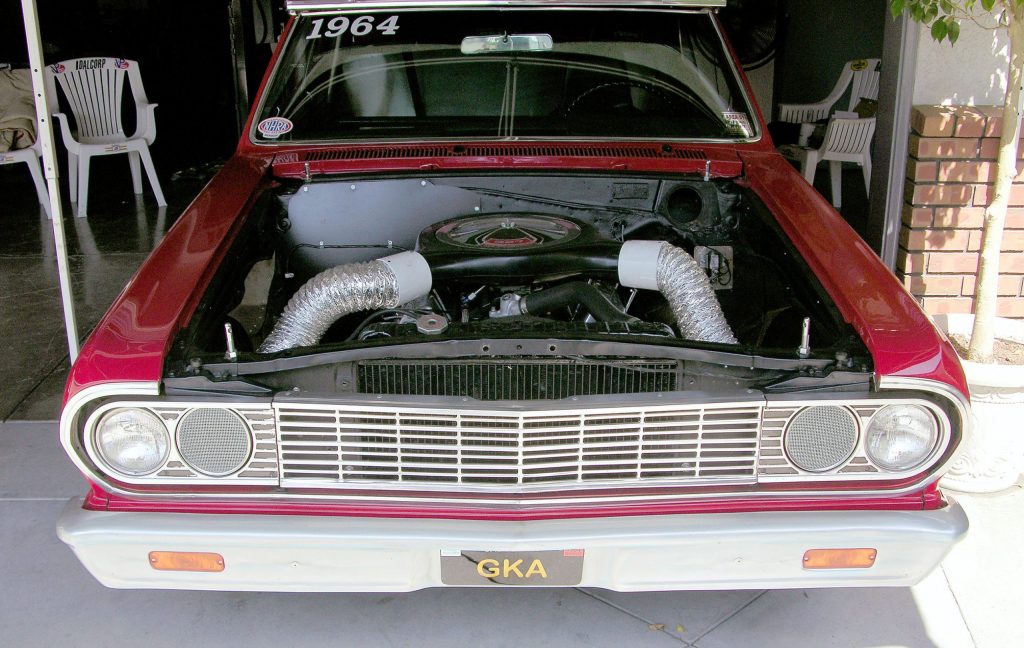
The Speed Merchant in Walnut, California, built this slick forced-air induction box for Nocita’s ’64 Chevelle. The inner headlamps were replaced with screen and dryer hose was routed to them. Also, note the quick-release spring feature. Not only did the car pick up 1-1/2 mph in the 1/8th mile, but it also made it more consistent due to a constantly cooler fuel/air mix. Any number of arrangements will work here, and you can fabricate a setup out of a number of discarded or hardware store items. Let your imagination do the walking.
20. Fuel Cell
The Jaz Fuel Cell in Nocita’s sano ’64 Chevelle saves more than 40 pounds over the original tank. It holds 5 gallons and only weighs a few pounds. (Note: Nocita also moved his battery to the trunk. He mounted it in an inexpensive and sanitary marine-type plastic box.) On the street, 5 gallons of fuel won’t get you very far, so if you have a dual-purpose car, consider a tank larger in size. Just don’t fill it when you’re at the track.
21. Heater Delete
You can save up to 75 pounds by deleting your heater/air conditioner system. That’s almost 1/10th of a second! You can use reproduction heater-delete plates or make your own. Just plan on staying home on those cold winter nights—or wear a ski suit in the car.
22. Lightweight Master Cylinder
23. Gutted Hood
You don’t necessarily need to replace your hood with a fiberglass version. By cutting out the inner supports, you can take out at least 10 pounds. And by removing all of the hinges, brackets and latches, you can save 20 more pounds. Check out the foam glued under this lightened hood. It allows the owner (and a friend) to place it on the roof of the car without having to put a blanket down. Trick.
24. Alternator Swap
25. Alter Your Wheelbase
Okay, this one’s not cheap, but we thought we’d throw it in because we think it’s cool. If you are into this sort of thing, it looks neat, has a lot of nostalgia and provides an incredible amount of traction. By moving the rear suspension forward, a lot more weight is placed on the rear tires upon acceleration. “Funny” Nova also has a lightweight, tubular front axle that has been pushed forward a few inches. Nasty.

